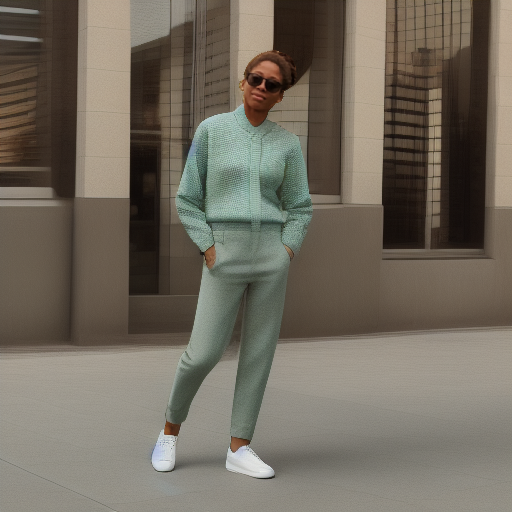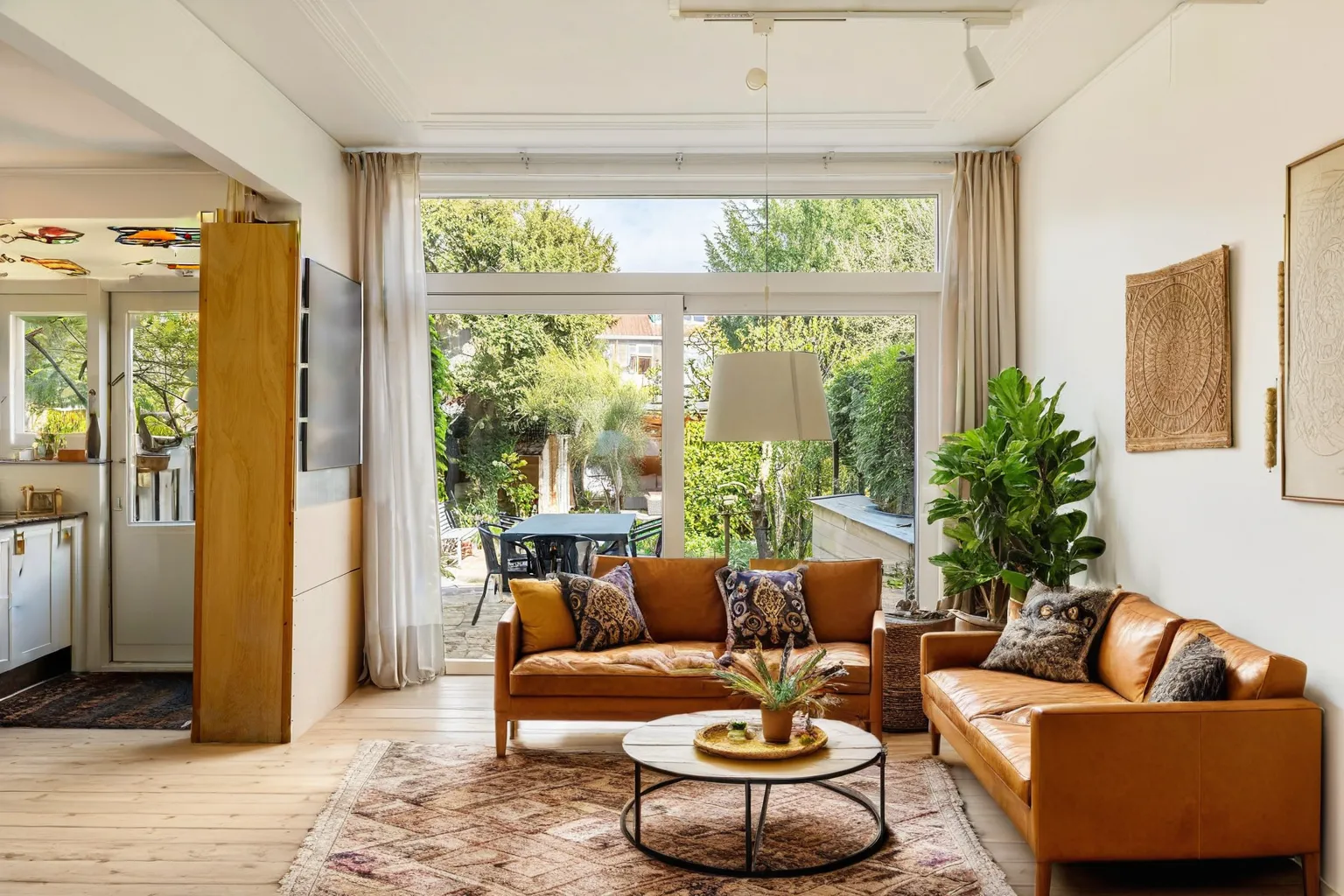Jschoormans
Models by this creator

rvision-inp-slow

24
The rvision-inp-slow model is a realistic vision AI model that combines inpainting and controlnet pose capabilities. It is maintained by jschoormans. This model is similar to other realistic vision models like realisitic-vision-v3-inpainting, controlnet-1.1-x-realistic-vision-v2.0, realistic-vision-v5-inpainting, and multi-controlnet-x-consistency-decoder-x-realestic-vision-v5. Model inputs and outputs The rvision-inp-slow model takes in a prompt, an image, a control image, and a mask image, and outputs a realistic image based on the provided inputs. Inputs Prompt**: The text prompt that describes what the model should generate. Image**: The grayscale input image. Control Image**: The control image that provides additional guidance for the model. Mask**: The mask image that specifies which regions of the input image to inpaint. Guidance Scale**: The guidance scale parameter that controls the strength of the prompt. Negative Prompt**: The negative prompt that specifies what the model should not generate. Num Inference Steps**: The number of inference steps the model should take. Outputs Output**: The realistic output image based on the provided inputs. Capabilities The rvision-inp-slow model is capable of generating highly realistic images by combining the capabilities of realistic vision, inpainting, and controlnet pose. It can be used to generate images that seamlessly blend input elements, correct or modify existing images, and create unique visualizations based on text prompts. What can I use it for? The rvision-inp-slow model can be used for a variety of creative and practical applications, such as photo editing, digital art creation, product visualization, and more. It can be particularly useful for tasks that require the generation of realistic images based on a combination of input elements, such as creating product renders, visualizing architectural designs, or enhancing existing photographs. Things to try Some interesting things to try with the rvision-inp-slow model include experimenting with different input combinations, exploring the model's ability to handle complex prompts and control images, and pushing the boundaries of what the model can generate in terms of realism and creativity.
Updated 9/17/2024

comfyui-interior-remodel

7
comfyui-interior-remodel is a model developed by jschoormans that focuses on interior remodeling. It keeps key elements like windows, ceilings, and doors while using a depth controlnet to ignore existing furniture. This model can be particularly useful for visualizing changes to a room's layout and decor without disrupting the core structure. Similar models like interioraidesigns-generate, rvision-inp-slow, and interior-design also explore AI-powered interior design and remodeling. Model inputs and outputs The comfyui-interior-remodel model takes an image as input and generates a new image depicting an interior remodel. Users can provide a prompt to guide the model's output, as well as set parameters like output format and quality. Inputs Image**: An image of a room or interior space to be remodeled Prompt**: A text description of the desired remodel, such as "photo of a beautiful living room, modern design, modernist, cozy" Negative Prompt**: Text to exclude from the output, like "blurry, illustration, distorted, horror" Output Format**: The format of the generated image, such as WebP Output Quality**: The quality level of the output image, from 0 to 100 Randomise Seeds**: Whether to automatically randomize the seeds used for generation Outputs Array of Image URLs**: The generated images depicting the interior remodel Capabilities The comfyui-interior-remodel model excels at visualizing changes to a room's layout and decor while preserving key structural elements. It can be particularly useful for quickly exploring different design options without physically remodeling a space. The model's depth controlnet also helps ensure that new furniture and decor integrates seamlessly with the existing environment. What can I use it for? This model could be used by interior designers, homeowners, or DIY enthusiasts to experiment with remodeling ideas for a space. By inputting a photo of a room and providing a prompt, users can quickly generate realistic visualizations of potential design changes. This can help streamline the decision-making process and allow for more informed choices before undertaking a physical remodel. Things to try One interesting aspect of the comfyui-interior-remodel model is its ability to maintain key structural elements like windows and ceilings while still allowing for significant changes to the room's layout and decor. This could be particularly useful for visualizing renovations that preserve the core bones of a space while dramatically transforming its overall aesthetic. Users might experiment with retaining certain architectural features while radically updating the furnishings and finishes.
Updated 9/17/2024